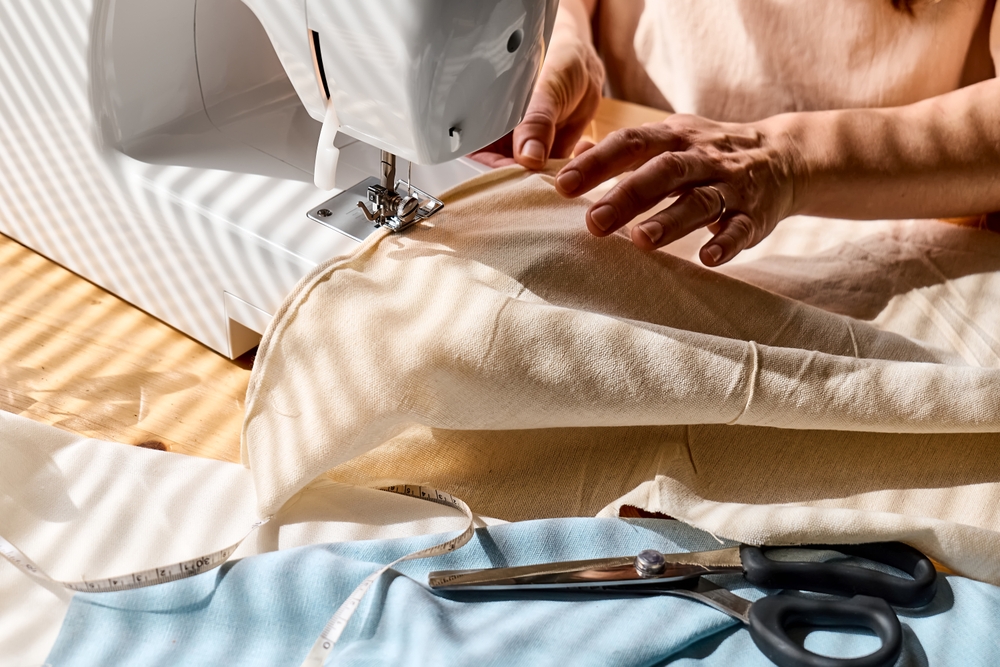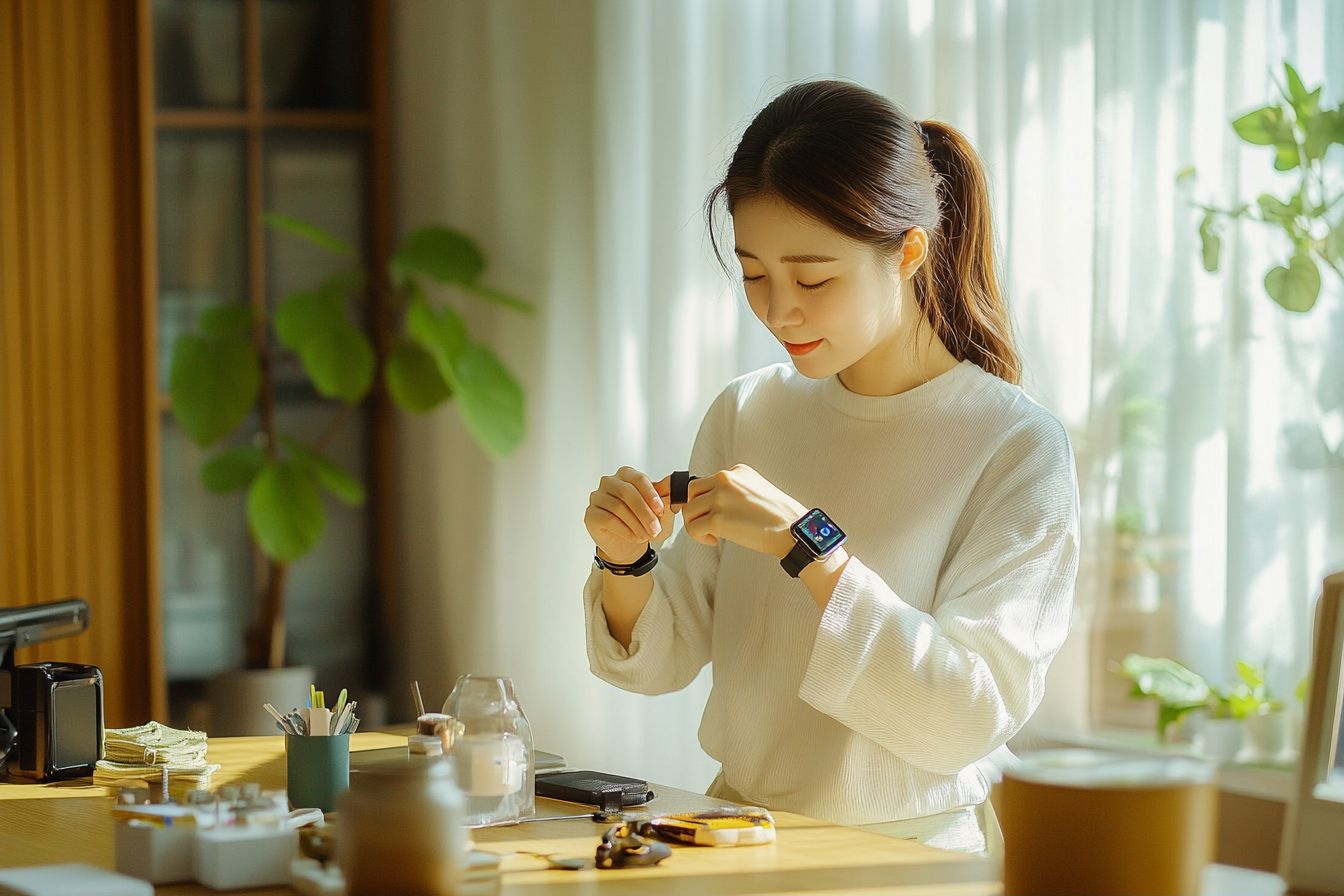Title: Micro-Mending: The Subtle Art of Fashion Repair
Introduction: In a world saturated with fast fashion and disposable trends, a quiet revolution is taking place in closets and wardrobes across the globe. Micro-mending, the delicate practice of repairing small imperfections in clothing, is emerging as a stylish and sustainable approach to fashion maintenance. This intricate art form not only extends the life of beloved garments but also adds a personal touch to one's wardrobe.

The Renaissance of Repair
In recent years, there has been a resurgence of interest in clothing repair, driven by a combination of environmental concerns, economic factors, and a desire for individuality in fashion. Micro-mending has emerged as a refined and sophisticated approach to this renewed interest in garment care. Unlike traditional mending, which often aims to make repairs invisible, micro-mending celebrates the art of repair, turning small flaws into unique design elements.
The Techniques of Micro-Mending
Micro-mending encompasses a variety of techniques, each suited to different types of damage and fabric. Visible mending, where colorful threads are used to create eye-catching patterns over holes or tears, has gained popularity among fashion-forward individuals. Another technique, known as needle-felting, involves using tiny barbed needles to mesh loose fibers together, ideal for repairing small holes in woolen garments.
The Aesthetic Appeal of Imperfection
One of the most intriguing aspects of micro-mending is its embrace of wabi-sabi, the Japanese aesthetic principle that finds beauty in imperfection. By transforming tears, holes, and worn areas into deliberate design elements, micro-mending challenges conventional notions of perfection in fashion. A carefully mended sweater or artfully patched pair of jeans becomes a unique piece, telling a story of longevity and care.
The Sustainability Factor
Beyond its aesthetic appeal, micro-mending aligns perfectly with the growing movement towards sustainable fashion. By extending the life of clothing, it reduces the need for new purchases and keeps textiles out of landfills. This approach to fashion maintenance encourages a more thoughtful relationship with our clothes, promoting quality over quantity and challenging the throwaway culture associated with fast fashion.
The Social Aspect of Mending
Micro-mending has also fostered a sense of community among fashion enthusiasts. Mending circles, where people gather to repair clothes together, have sprung up in cities around the world. These social events not only provide an opportunity to share skills and techniques but also create a space for conversations about sustainable fashion and conscious consumption.
The Future of Fashion Care
As micro-mending gains traction, it’s influencing the broader fashion industry. Some high-end designers are incorporating visible mending techniques into their collections, while others are offering repair services for their garments. This shift signals a potential change in how we view clothing care and longevity in the fashion world.
Essential Micro-Mending Techniques for Fashion Enthusiasts
-
Visible Darning: Use contrasting thread colors to create decorative patterns over holes or worn areas
-
Patching with Flair: Apply patches in complementary fabrics, creating a patchwork effect
-
Embroidery Embellishment: Cover small imperfections with intricate embroidery designs
-
Sashiko Stitching: Utilize this Japanese technique for both reinforcement and decoration
-
Needle Felting: Perfect for repairing small holes in wool or felt items
-
Button Artistry: Replace missing buttons with mismatched vintage finds for a curated look
In conclusion, micro-mending represents a harmonious blend of sustainability, creativity, and personal style. By embracing this subtle art of fashion repair, we not only extend the life of our favorite garments but also participate in a movement that challenges the disposable nature of modern fashion. As we move forward, micro-mending offers a promising path towards a more mindful and expressive approach to our wardrobes, proving that sometimes, the most stylish statement is the one that’s carefully mended.





